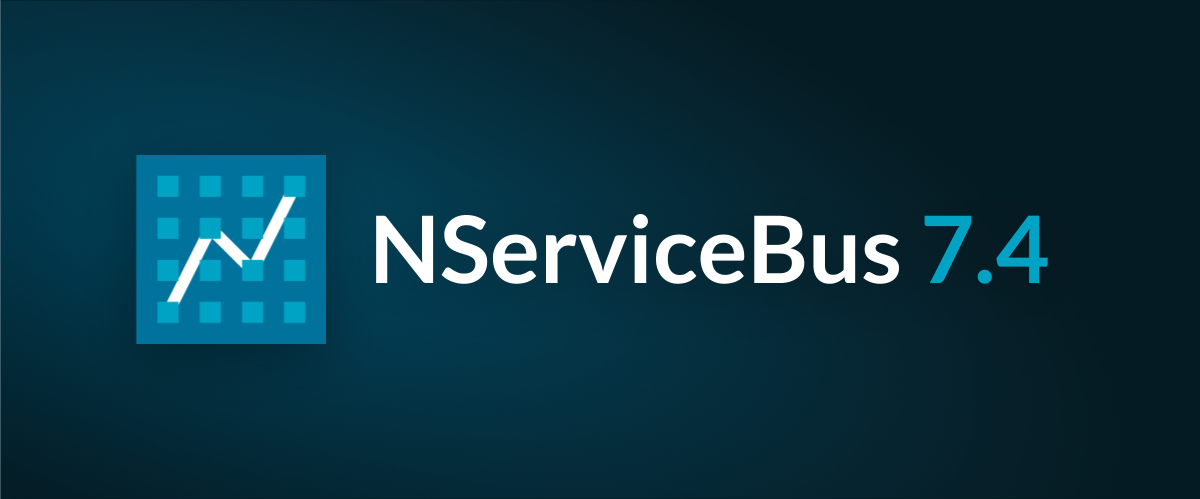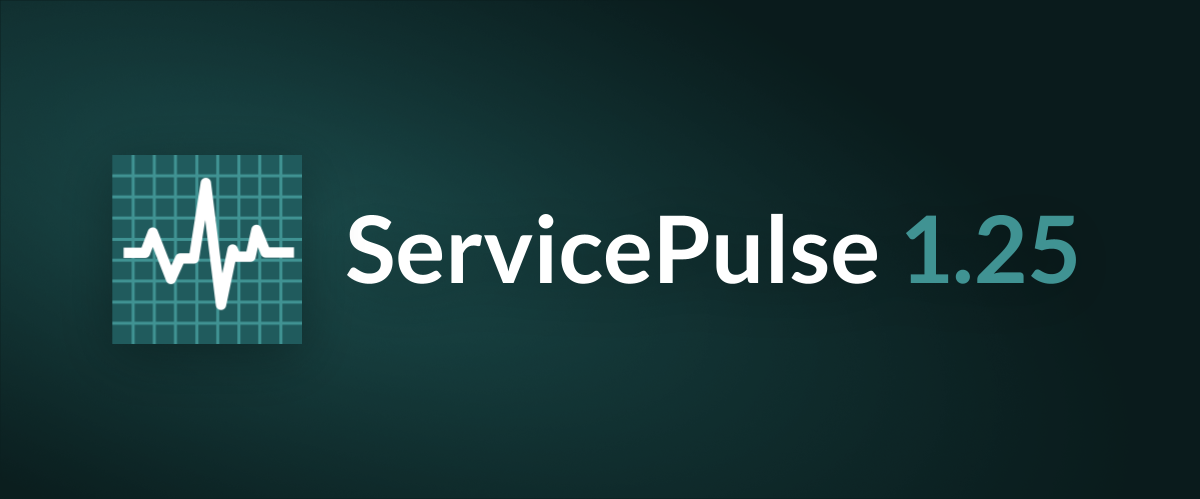Optimizations to scatter-gather sagas

Over the last several months we’ve been noticing that some of our customers were having trouble with the performance of some of their sagas. Invariably, the sagas that were at fault were examples of the scatter-gather pattern, and the ultimate culprit was contention at the storage level due to the optimistic concurrency strategy that was being used.
This is a fairly common pattern for sagas to implement, and we didn’t want our customers to have to change how they model their business process to get around a performance problem, so we decided to fix it.
In this article, I’ll explain what the scatter-gather pattern is, how a pure optimistic concurrency strategy created a problem, and what we’ve done to fix it for you.
Read more










